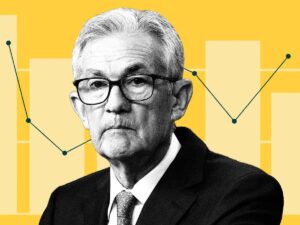The Federal Reserve’s recent decision to cut interest rates has sparked speculation about a potential economic boom, echoing a similar move made in 1995 that led to a doubling in stock market value. TS Lombard, a firm specializing in macroeconomic analysis, believes that this rate cut could pave the way for a strong economy and stock market performance.
In 1995, the Fed embarked on a series of interest rate cuts, taking the federal funds rate from 6% to around 4.75% over three years. This move helped avert a recession and set the stage for robust economic growth. By 1998, GDP growth had accelerated, and the S&P 500 had surged by 125%.
Dario Perkins, the managing director of global macro at TS Lombard, sees parallels between the Fed’s current actions and those taken in the mid-1990s. He believes that the Fed’s latest rate cut aligns with central bankers’ strategy to maintain a neutral interest rate and stimulate economic expansion.
Perkins anticipates that the current cutting cycle will mirror Alan Greenspan’s policy adjustments in the 1990s, potentially preventing a deep recession even in the face of a deteriorating labor market. Despite concerns about inflation risks associated with rapid interest rate cuts, market expectations remain relatively stable.
While some analysts remain cautious about the Fed’s rate-cutting strategy, recent market reactions and historical precedent suggest a positive outlook for the economy and stocks. The potential for a soft landing and manageable repercussions from the Fed’s actions support the belief that a mild recession, if any, is the worst-case scenario.
At Extreme Investor Network, we understand the importance of staying informed about economic trends and policy decisions that can impact your investment strategy. By examining historical data and expert analysis, we aim to provide our readers with valuable insights that can guide their financial decisions. Stay tuned for more updates and analysis on the latest developments in finance and investing.

